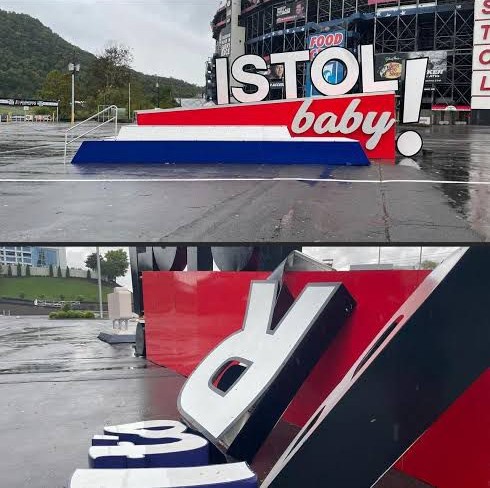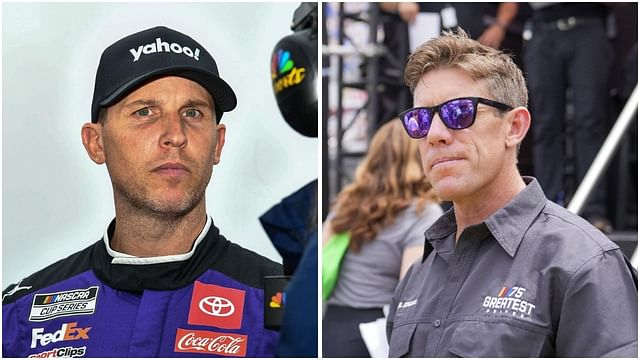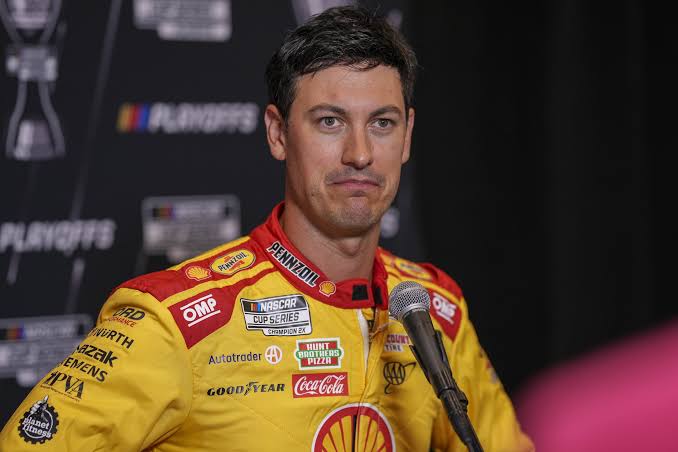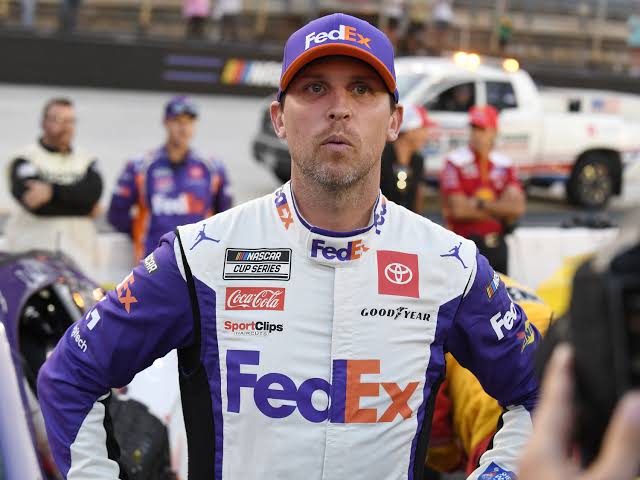Bristol Motor Speedway, located in east Tennessee, was one of the many places affected by Hurricane Helene as the storm tore through the southeastern United States. The hurricane, which made landfall in Florida as a Category 4 storm, caused widespread damage across several states, including Tennessee. Bristol’s iconic “It’s Bristol, Baby!” sign, located outside the racetrack, bore the brunt of Helene’s winds, leaving only part of the sign intact. Now, it reads “Istol Baby!” after the strong gusts destroyed half of it.
Hurricane Helene initially struck Florida’s Big Bend area on Thursday night, and quickly moved through states like Georgia, Alabama, Tennessee, and others, leaving destruction in its path. East Tennessee wasn’t spared, and Bristol Motor Speedway became one of the victims of the storm’s powerful force.
As for the race at Bristol, the NASCAR community was left disappointed after the Round of 12 event. Many fans and experts criticized the 2024 Bass Pro Shops Night Race, citing the lack of action on the track. The race featured only eight lead changes and was plagued by minimal tire wear, which made passing difficult. Kyle Larson secured a dominant victory, finishing 7.1 seconds ahead of his nearest competitor. His performance marked the third most dominant win in Bristol’s history, with only four drivers leading laps throughout the race.
The race’s low tire wear became a major talking point, drawing comparisons to other lackluster events in the Next Gen car era, such as the 2023 Bristol Dirt race and the 2022 spring race at Martinsville. In these races, the number of cars leading the field was also limited. In the 2024 race, the tires did not degrade as expected, resulting in drivers posting similar lap times throughout the event, which made overtaking a challenge.
The issue of tire wear left NASCAR officials puzzled. They were unsure why the tires behaved so differently compared to previous races at Bristol. Elton Sawyer, NASCAR’s senior vice president of competition, addressed the confusion in a recent interview on SiriusXM NASCAR Radio. He explained that the organization had anticipated a race similar to the one earlier in the year, where tire management played a significant role. However, things didn’t go as planned.
“We’re baffled, to be perfectly honest,” Sawyer admitted during the interview. He noted that NASCAR believed they had a solid formula based on the spring race at Bristol, where tire wear played a key role in the competition. NASCAR had expected to see a similar outcome for this race, but that wasn’t the case.
Sawyer also pointed to examples of great racing from earlier in the season, like the races at Richmond and Watkins Glen, where tire wear significantly impacted the strategy and performance. However, as the race weekend at Bristol unfolded, it became clear that the expected tire degradation would not materialize.
Ultimately, the lack of tire wear during the Bristol race left NASCAR and tire supplier Goodyear searching for answers. Fans and drivers alike had hoped for a more competitive race, but the inability to pass on the track resulted in a lackluster event that left many disappointed.
Hurricane Helene Wreaks Havoc: Bristol Motor Speedway Takes a Major Hit!……




